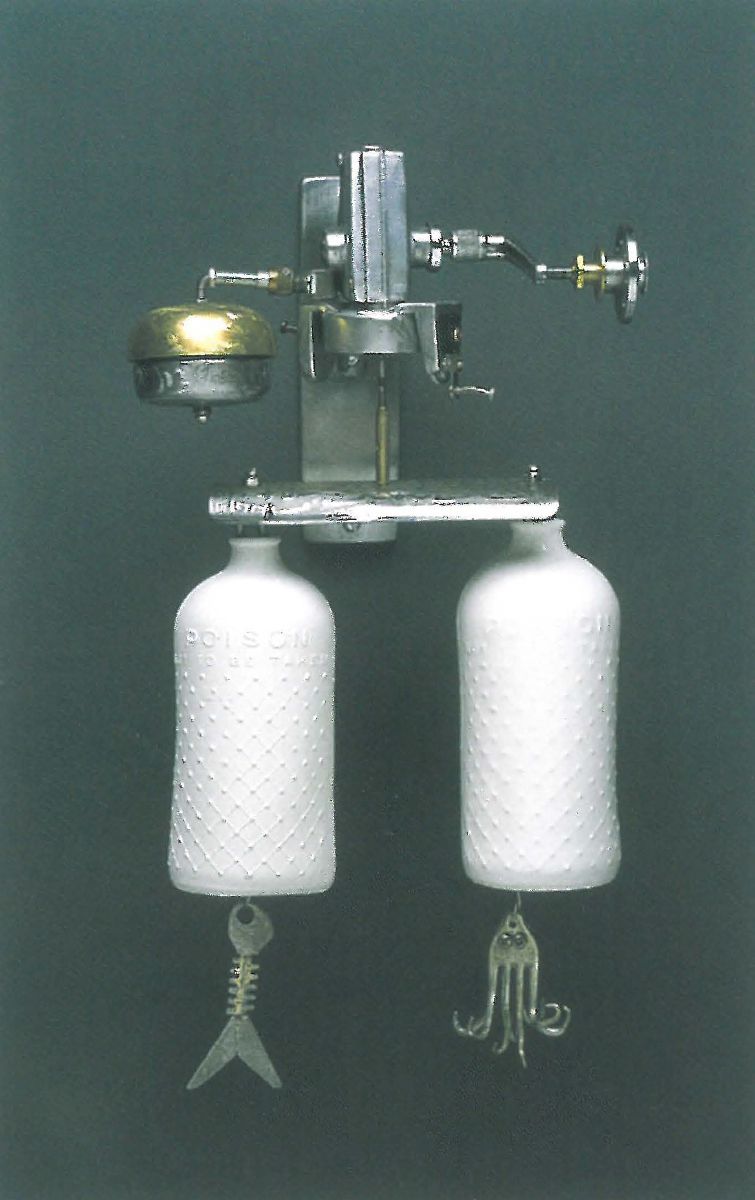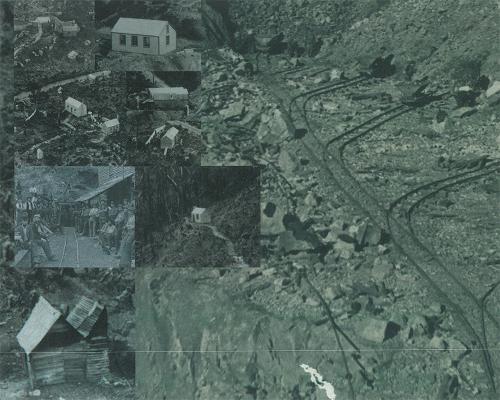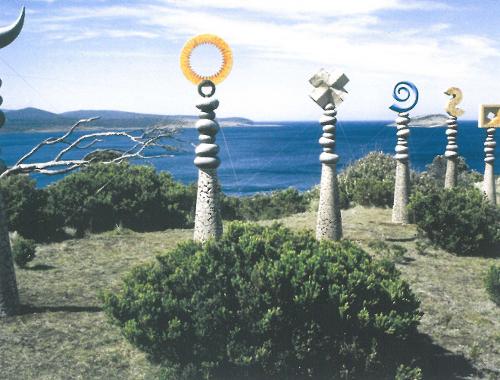
Old bottles and obsolete machines are the detritus of a rural landscape that provided inspiration for this first solo exhibition by Fleur Schell. The artist has considered these discards in a new light and reworked their form and function to create an amazing display of highly imaginative 'useful' things. Her constructions look, feel and sound like gentle memories of olden days reborn as modern funky objects.
Since the completion of her art training just three years ago, Schell has been involved in a variety of professional development programs, artist in residencies, lecturing positions, group exhibitions, and has been a finalist in two international award competitions. So when we say this is an exceptionally ambitious and very well considered show by an emerging artist, we know Schell has already arrived.
In generations past, glass containers held everything from medicine to milk, rubbing alcohol to cooking sherry. They were an aspect of every day life, their contents identified by the individual shapes, sizes, tints and textures of the glass rather than by any stuck-on paper label. Today, those who collect antique bottles treat them as precious artefacts of another age. They know how intriguing old glass bottles can be, how they hold whispering echoes of their expired function. And like bottles, pieces and parts of old machinery provide a doorway to the past, to a seemingly less complicated era when ingenuity attempted to relieve us of hard work only to create a new level of labour. The chug and puff of outdated mechanical devices also sing half-forgotten songs.
Schell takes this inspirational material much further than merely paying homage through replication, as that would only produce a fleeting nostalgic value. Instead she collects their whispers and songs and employs her own ingenuity to ascribe an alternate function for the bottle and a different use for each mechanical part. By restructuring the old she creates a new value, one that has a contemporary aesthetic. The artist states her "ceramic replicas are brought to life by their ability to move and make sound. This movement and sound is initiated by audience interaction. Each piece of work takes on the character of an old found bottle, focusing on its form, resonating qualities and its relationship with other materials."
Only one exhibit honours the artist's inspiration; The Source has seven old glass bottles of varying sizes, shapes and colours standing proudly on a shelf. Other exhibits remind us the primary function of the bottle was to be a 'container'. Two involve small bottle shapes defined by their contents; Linen Store holds neatly folded coloured ceramic towels while Tools Store carries tiny ceramic drawers. Another exhibit has a china bottle suspended in a wooden frame to hold the pebbled Memory of Tyndal Range Creek Bed, Tasmania. These sculptural works speak about the theme but tell us more about the artist's admirable ability with her material.
Many exhibits are kinetic while some have a musical quality. Schell employs Australian Fine China clay, slip-cast porcelain, cogs, prongs and parts of machinery and domestic implements, fishing tackle, marine fittings, and bits of weathered wood and wire in these works. With a respect for their optical and tactile features she encourages their innate aspect for sound. Their beauty of form and charm of function is a direct result of all the parts relating to the whole and the artist's meticulous attention to detail.
All exhibits invite the viewer to participate, a very refreshing attitude. There's a Braille Abacus that encourages investigation with the hand as well as the eye. Xylophones and 'door bells' work by turning a crank or using tiny hammers to strike china bottles or metal plates. This action produces gentle tinkling or muted ringing, subtle sounds that welcome us into a world of wonder.
Schell uses gloss and matt glazes to create warm and cool whites, or adds subtle colour to accent small carved additions to sculpted bottles. These effects, together with the burnished metal and dried timber, create a visual rhythm and interesting nuances to the exhibition. Discovering small intricacies of detail and identifying odd objects, like an old sewing machine foot or bent pronged fork, ideally placed for a specific purpose adds to the viewer's overall enjoyment of the experience.
Fleur Schell has indeed reinvented her inspirational material as precious objects so that once again they can be respected for their classic designs. She has also presented an exhibition that will see her respected for the modern maker and artist she is.












